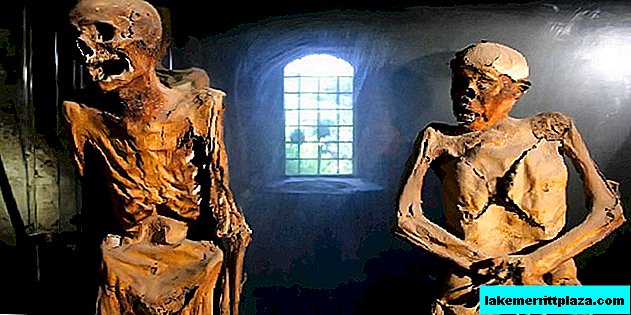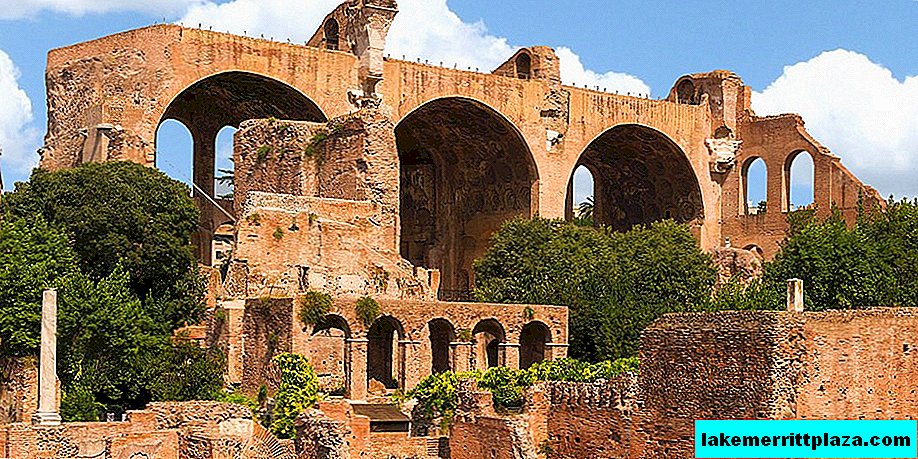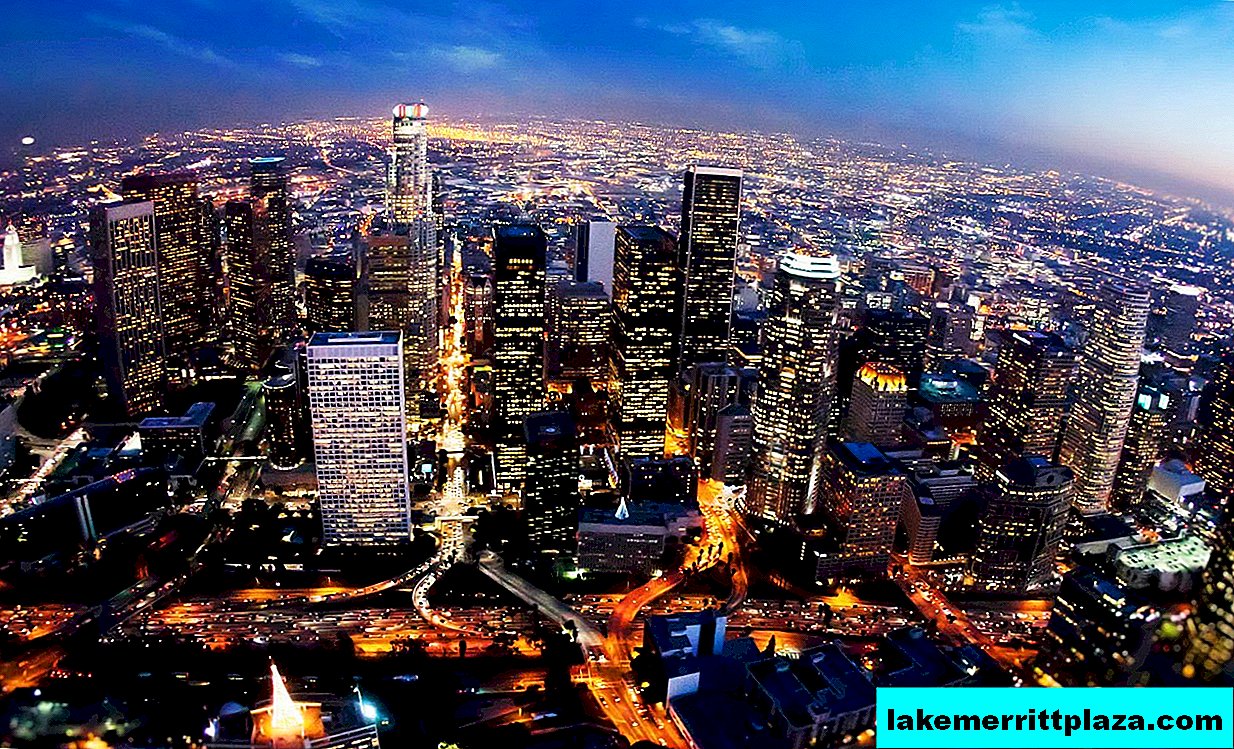Between the mountains of Sant'Angelo and Gabbio in Umbria lies the picturesque Valnerina Valley, on which a small village cozy called Ferentillo sprawls. Two castles look grimly at a small settlement from above: Precetto and Matterella.
Both the castle is worth a visit if you have the opportunity: Matterella stands out for its bell tower and the nearby Church of St. Mary (Chiesa di San Maria), which stores priceless originals of works of Renaissance artists, including a painting by the local master Piermatteo Piergili (Piermatteo Piergili ) "The Miracle of St. Thomas" ("The Miracle of St. Thomas"). Prechetto Castle was built in the shape of a triangle with an unusual tower, which has five corners. However, not majestic buildings attract the attention of tourists, but something much more exciting and mysterious.
The usual church of St. Stephen (Chiesa di San Stefano) has kept a secret and legend for a long time. Under the arches of a small cathedral of the 15th century are the arches of a church of the 12th century, which once stood in the same place, and later was called to serve as a burial place where human remains and mummies are collected. Some mummies "turned" for many centuries, but they are perfectly preserved. It is noteworthy that the mummification of the people buried here was not done by people, but ... by nature. Scientists say that the special air in the church of St. Stefano contains certain microorganisms, the concentration of which contributed to the preservation of the bodies.
There is also another version according to which the minerals necessary for storing mummies do not come from the air, but from the bowels of the earth.

Today, the Museum has the Museum of Mummies (Museo delle Mummie), and its caretakers are sure that tourists are not attracted to the unusual history of the creation of the exhibits, but the heroes of the exhibition and idle curiosity. On the door at the entrance to the museum there is a sign "Oggi a me, domani a te. Io fui quel che tu sei tu sarai quel che io sono. Pensa mortal, che il tuo fine è questo, e pensa pur che ciò sarà ben presto" ( "Today I, tomorrow you. I was what you were, and you will be what I am. Bear in mind, mortal, that this is your demise, and remember that it will come soon.")
Anyone who decides to visit this creepy, but very interesting museum will be given the opportunity to explore the local "residents" surrounded by arches and frescoes of the 15th century. Among the exhibits there are mummies that are perfectly preserved to this day. If you look closely, you can see that the deceased preserved their hair, beards, teeth, and even elements of clothing in which they were buried. By the way, here are very interesting personalities. So, in the museum there is a mummy of a lawyer and a mummy of his killer, resting next to a mummy of a mother and her child, elderly people, children and priests. However, the most amazing “guests” are the pilgrims from China, who died on a trip to Italy, and two mummies of birds, over which some doctor conducted experiments, trying to comprehend the secrets of mummification.
How to get to the museum of mummies?
You need a building with the sign "Le Mummie". A ticket office is located nearby, and finding it is not difficult. Ticket price is 3 euros.
Opening hours:
- April - September from 9:00 to 12:30 and from 2:30 to 7:30
- March and October from 9:30 to 12:30 and from 2:30 to 6:00
- November - February from 10:00 to 12:30 and from 2:30 to 5:00.





